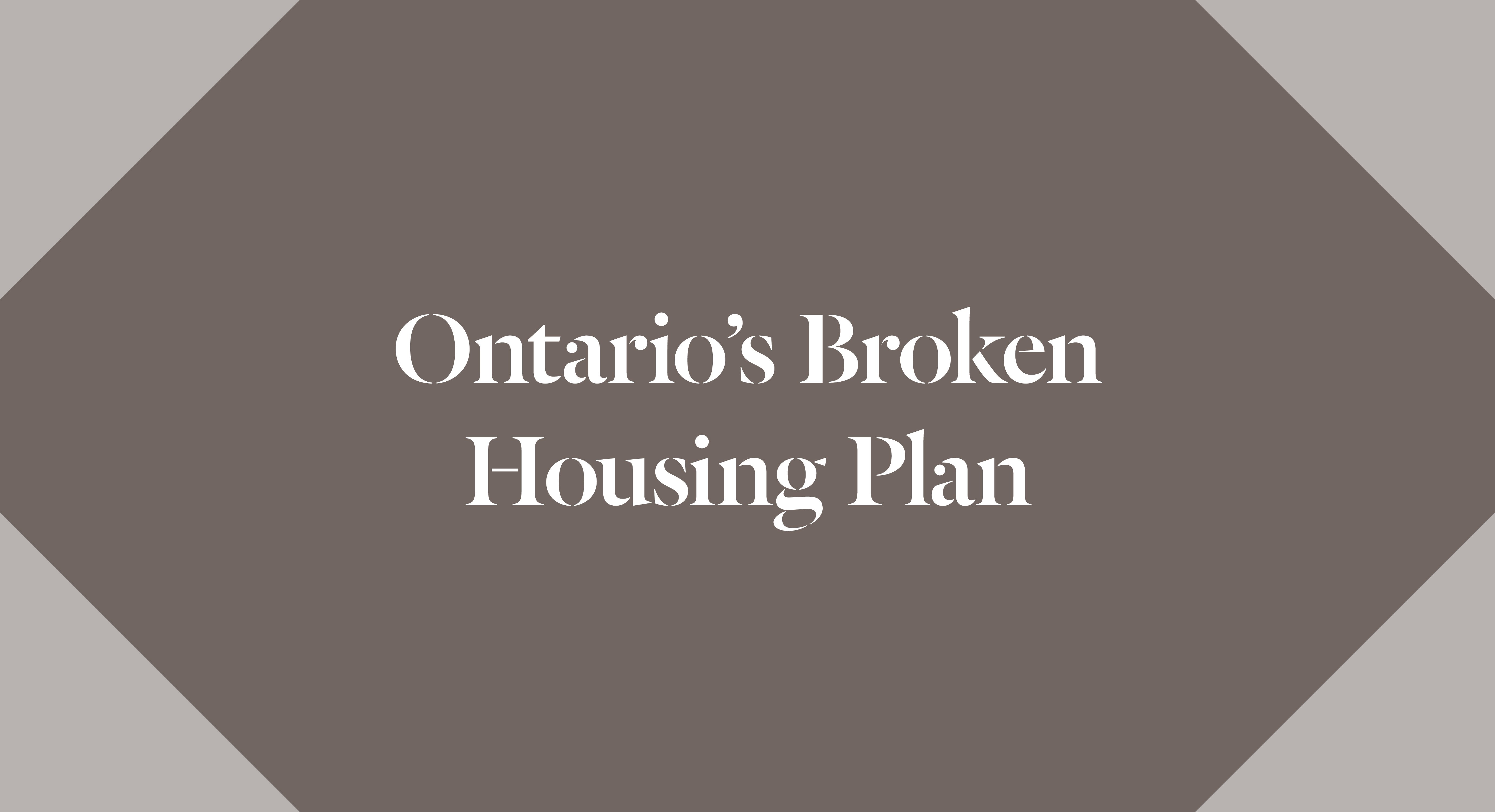When a government fails to do the hard work of planning and investing the necessary capital required for such a big undertaking, it should be no surprise that the political promises are falling flat.
I have long argued in my monthly market reports, that the proposed solution to Canada’s housing crisis put forward by Canadian politicians and a number of economists — namely, to nearly triple the number of homes Canada builds — is a plan that was doomed to fail from the start.
The fact is that nearly tripling the number of homes a country or province builds is a monumental challenge that would have required more than a decade of planning to address all of the barriers to building more homes, including labour availability, and, of course, building the necessary infrastructure such as wastewater management to support such housing.
When a government fails to do the hard work of planning and investing the necessary capital required for such a big undertaking, it should be no surprise that the political promises are falling flat.
A recent report by the Toronto Star titled “Doug Ford asked 50 municipalities to build housing to get cash. Were they set up to fail?” highlights why Ontario’s plan to build 1.5M homes in 10 years is falling flat.
This time last year, the Ontario Doug Ford government introduced its More Homes Built Faster Act, a plan they argued would allow Ontario to build 1.5M homes in ten years. The act included a number of measures designed to stimulate the supply of new housing. One important change that housing advocates have long fought for is to “legalize housing” by allowing virtually any residential lot in Ontario to permit up to three residential units to be built “as of right,” including on lots that previously only permitted single-family detached homes.
The province then decided to “reward municipalities that build homes” by launching a three-year $1.2B Building Faster Fund that would allow municipalities that achieve 80% of their annual housing target each year to be eligible for additional funding. It’s worth noting that $400M per year hardly seems like an adequate amount of capital to achieve our government’s goal, but that’s another matter.
The problem with the province’s plan is that they didn’t even define how they measured each municipality’s target yearly: Was a municipality’s annual target the number of permits they issued, the number of houses that started construction or the number of homes completed?
Nobody had any idea until recently.
The province decided that each municipality’s annual target would be based on the number of housing starts each year, which the municipalities rightfully argued is unfair because they can only control the number of permits they approve — they cannot be held accountable if builders decide not to start construction.
Furthermore, Ontario mayors also highlighted a number of additional constraints to nearly tripling the number of homes a municipality builds. Newmarket Mayor John Taylor argued that the one main barrier for his municipality is what to do with human waste. The new waste management system put forward by the provincial government is scheduled to be available in 2027, which means their annual housing completions will be constrained until the sewage system is completed. Aurora and East Gwillimbury will also depend on the new waste management system.
Halton Hills Mayor Ann Lawlor argues that “the key to it all is water”. Halton Hill’s chief administrator Chris Mills said “One of the key constraints for the actual start of construction of housing is that we need operating fire hydrants within the subdivisions to ensure that life safety and property safety are maintained.”
As I noted earlier, in order for Ontario to nearly triple the number of homes built would have required a significant amount of planning and investment to take place years ago. Ontario governments, including the current one, didn’t do the planning and certainly has not made the investment so it’s no surprise that their promise to build 1.5M homes is falling flat.
Read the full Move Smartly monthly market report for November
John Pasalis is President of Realosophy Realty. A specialist in real estate data analysis, John’s research focuses on unlocking micro trends in the Greater Toronto Area real estate market. His research has been utilized by the Bank of Canada, the Canadian Mortgage and Housing Corporation (CMHC) and the International Monetary Fund (IMF).




